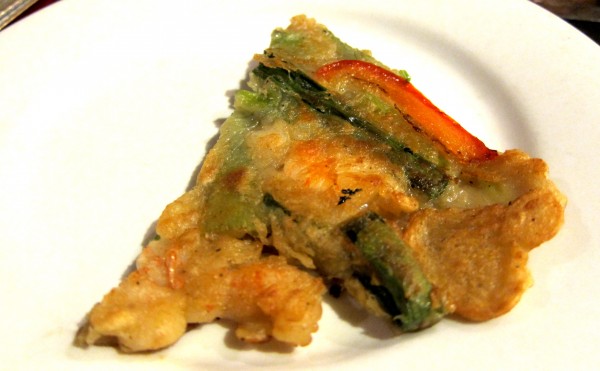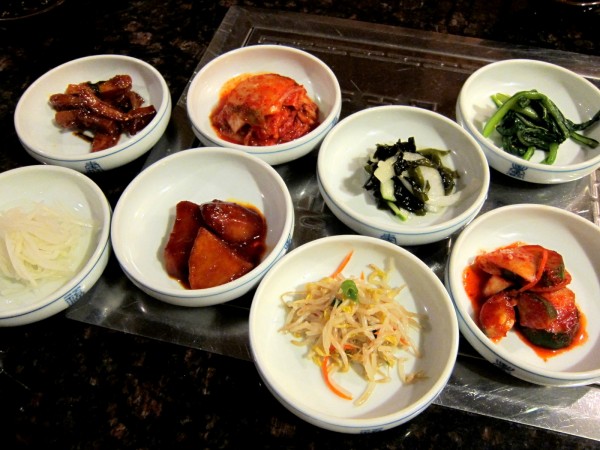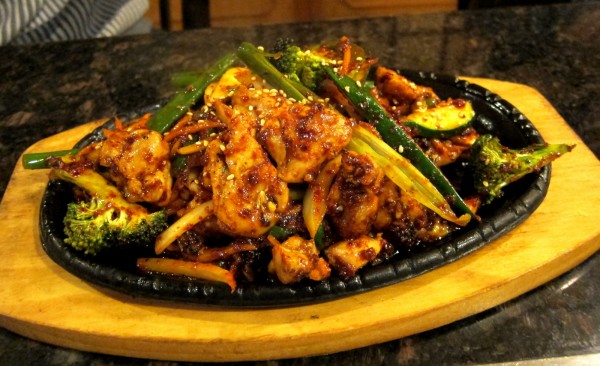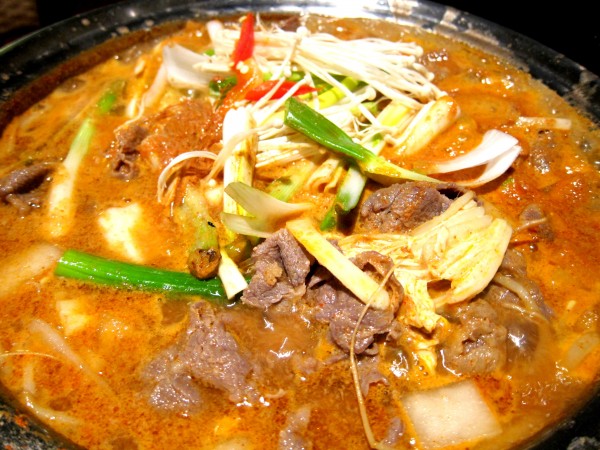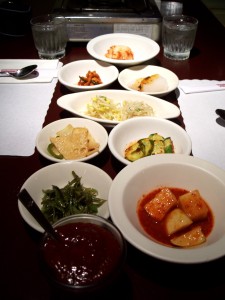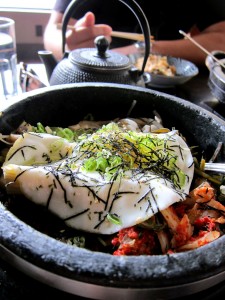
My Lucky Peach finally made it home. It took only one month from the time I placed the order, and just when school started and me getting buried beneath ten miles of homework. But I’ve taken a peek every now and then at its colorful albeit tiny pictures of ramen (this first issue is all about ramen) and gorged in the fourth article while waiting for the bus. This is the bad thing about food magazines (or anything serial and food related, except cookbooks): it’s so easy to read it’s addictive, I can’t even fall asleep reading it, then I get sleep deprived. So I never buy them. But Lucky Peach is different: it’s recommended by a friend, subsequently ordered by two other friends, all of whom have highly experienced and respectable tastes; what I can do? I haven’t finished the entire thing, but the fourth article is a good one. Good enough to console myself for surrendering to peer pressure. In hindsight, it’s one of the highlights of the lunch we shared at Namu. (Not that the magazine is in any way related to Namu, Rob just showed it to us while we were eating at Namu.)
The other two highlights were some kind of pickled onion and the gochujang (고추장) for the bibimbap. The pickled onion, the best of the four kimchi/pickle varieties, tasted crisp, thorough, and to the point; the gochujang was nutty with a light fruity hint. Namu also had the presentation going for it: from the sparsely spaced tables tucked along the walls to the petite tea cups and blue-and-white serving bowls, the whole place uttered cuteness. The main courses, however, sparked more discussion than compliments among us four, mainly surrounding authenticity.
Of course, Namu is not about “authentic”. It is Chef Dennis Lee’s “cutting edge new California” interpretation with a Korean influence, evident by the appearance of english muffins and tortilla alongside kimchi relish. Depending on your definition of authenticity, authentic Korean food may be hard to come by 8000 miles from Korea, but the authentics can evolve (as they have always been), and I’m all for fusing ingredients to spread the scope of an ethnic cuisine. In fact, I wish Namu had fused more ingredients together. It’s not the english muffin, the tortilla or the chorizo that made me skeptical looking at the menu, it’s the lonely and repetitive incorporation of kimchi in almost every single dish.
